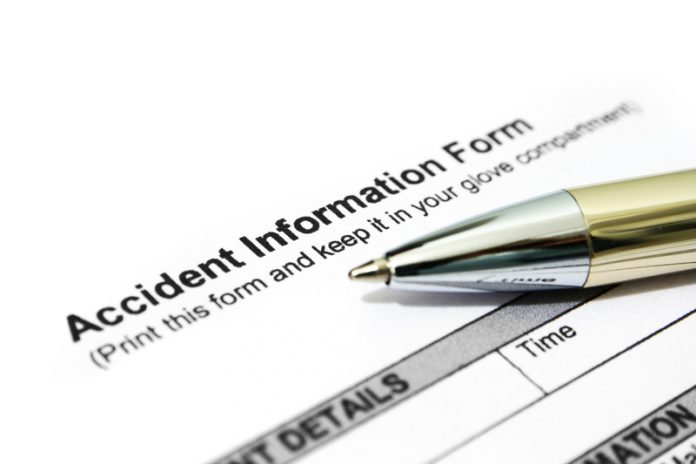Luke Rees, Head of Digital at Accuracast examines data on workplace safety across Europe and analyses discrepancies between nations on how safe workers feel
Danger is all around, and especially at the workplace. Electric cables, heavy machinery, large heights, not to mention sick colleagues. But whether one is aware of the danger at work is another matter – that, it would appear, can be influenced by many relative, economic and circumstantial factors.
Recent research from Arinite health and safety consultants examines the data on health and safety incidents across the EU-28 countries, comparing it with survey data on how safe people feel in the workplace. What the comparison reveals is that several countries perceive their workplaces to be far safer than their accident rate would suggest, and vice versa.
Take Romania for example, which has the lowest non-fatal accident rate in the EU. Romania has an incident rate of 68.69 per 100,000 persons, yet according to a 2015 Eurofound survey, Romania has the lowest percentage of respondents who say they are “very satisfied” with their working conditions. On the other hand, Denmark appears to be far more incident-prone, with 1,995.4 accidents recorded per 100,000 people, yet Danish employees feel the physical and psychological risks much less at work.
Is this a matter of simple workplace design and psychology, or is there something else causing these differences amongst nations?
Analysing the discrepancies in workplace safety
There are indeed many factors at play when it comes to safety in the workplace. Across the board, job quality, financial security, the development of skills, national labour laws, and more will all factor into whether a worker feels secure in their working environment. An employee might be less daunted by workplace risks when they feel the safety provisions are in place and know they are protected by strong labour laws that come with a pecuniary reparation.
It’s also worth noting that the strength of bureaucracies may differ between nations. Some are likely to be more exacting when it comes to recording incidents. Therefore, the fact that one nation has higher accident statistics recorded may not necessarily indicate how relatively safe or dangerous the national workplace is, but rather how effective incident reporting is.
The fact that Denmark has a higher incident rate than Romania may be more a reflection on the strength of the Danish accident reporting system, rather than how unsafe the workplace is. If they are indeed more committed to recording every non-fatal incident, it hence follows that workers would feel safer, since occupational safety is perceived by all to be a high priority.
The impact of the EU Health and Safety Framework
The need to improve working conditions is clearly a collective concern amongst EU nations, and health and safety are supposedly one of the areas where the EU has the greatest impact, enshrined by the EU Strategic Framework on Health and Safety at Work 2014-2020.
This framework, adopted in Brussels, focuses on improving the implementation of existing health and security rules by enhancing efficient risk prevention strategies for enterprises. It identifies 3 major health and safety at work challenges to address:
- To improve the implementation of existing health and safety rules, in particular by enhancing the capacity of micro and small enterprises to put in place effective and efficient risk prevention strategies;
- To improve the prevention of work-related diseases by tackling new and emerging risks without neglecting existing risks;
- To take into account the ageing of the EU’s workforce.
Another aim of the framework is to further reinforce coordination with international organisations as the International Labour Organization (ILO), which watches out for companies that do not comply with international work agreements. It also makes sure that workers in Europe get the social protection anchored in international labour law.
The real number of incidents in a country does not have such an enormous bearing on a workforce´s feeling of security. It is more important for employees feel secure. It may be much easier to identify and accept risk when there is a clearly defined social safety net.
We can all hope that this safety net continues to support workers across Europe and ensure the accident stats across nations decrease, as the perception of safety in the workplace improves.
Luke Rees
Head of Digital
Accuracast











